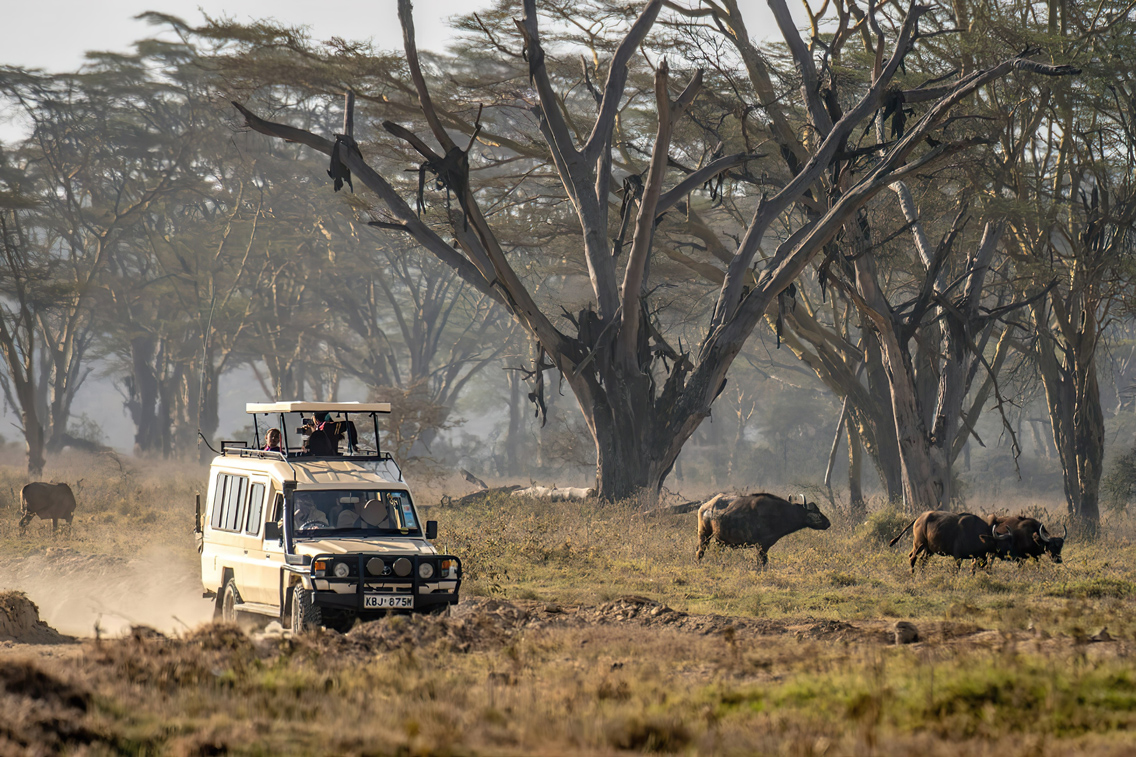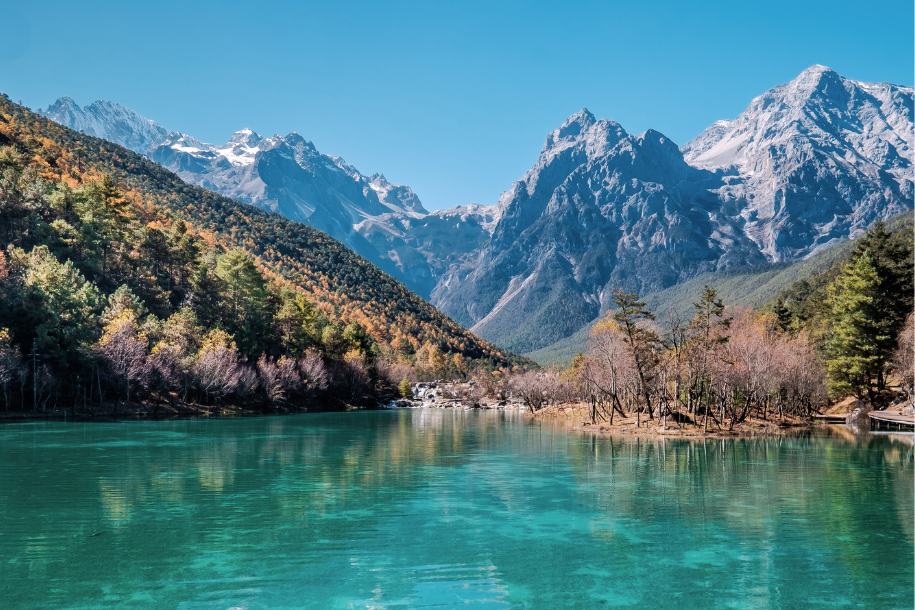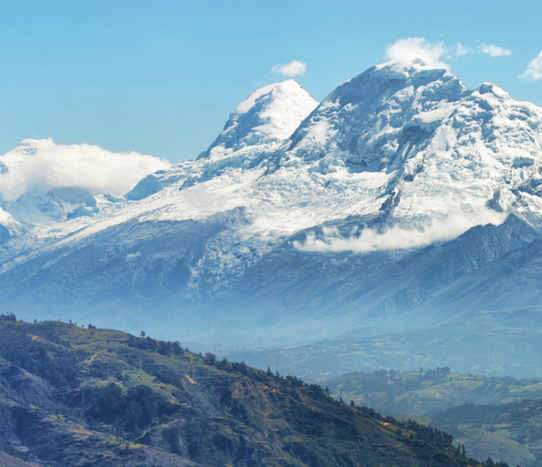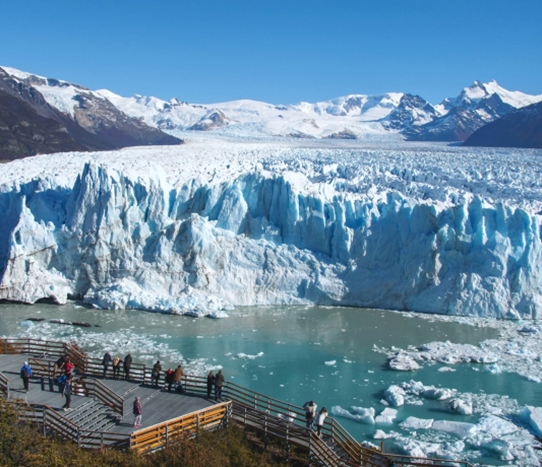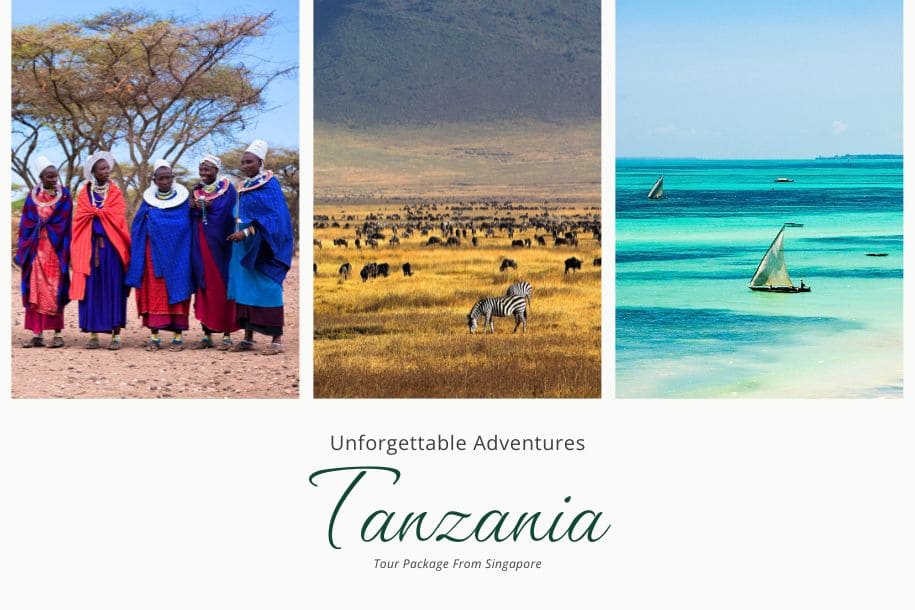Packing for a safari adventure is not the same as packing for any other trip. You’ve got to deal with a smaller weight limit because of the restrictions on bush flights, plus there is the added challenge of figuring out what should be packed and what should be left out. If you are planning your first safari adventure and are having some difficulty deciding what to pack, don’t worry, here is a detailed guide that will walk you through everything you need to know when packing for your safari adventure.
Some Basic Packing Tips
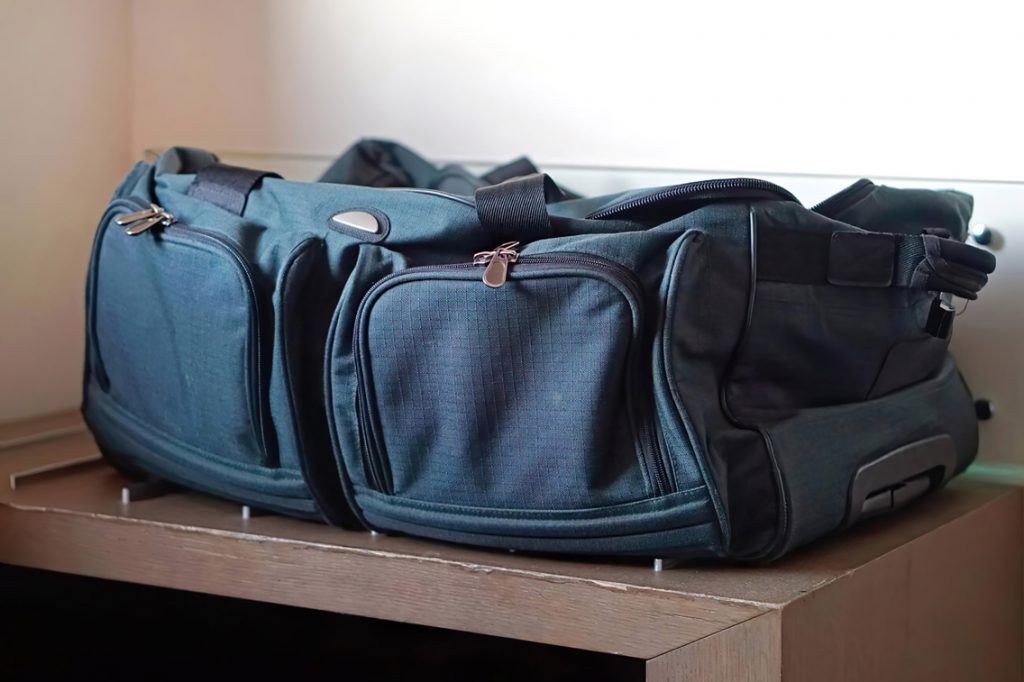
On an African safari, you will be spending most of your time sitting in safari vehicles with your guide looking out for wildlife, so it is important that your clothes are comfortable and practical. However, it is also important to keep in mind that you will arrive at your safari destination on a bush flight. Expect to travel on utility aircrafts which is a small plane and has a strict weight limit. You will also have to use a soft bag that can easily fit inside the plane’s storage compartment.
Your weight allotment will add up very quickly, so you have to be more mindful about the items you bring with you while packing. Now, let’s get into the details on what you need for your trip.
Important Documents
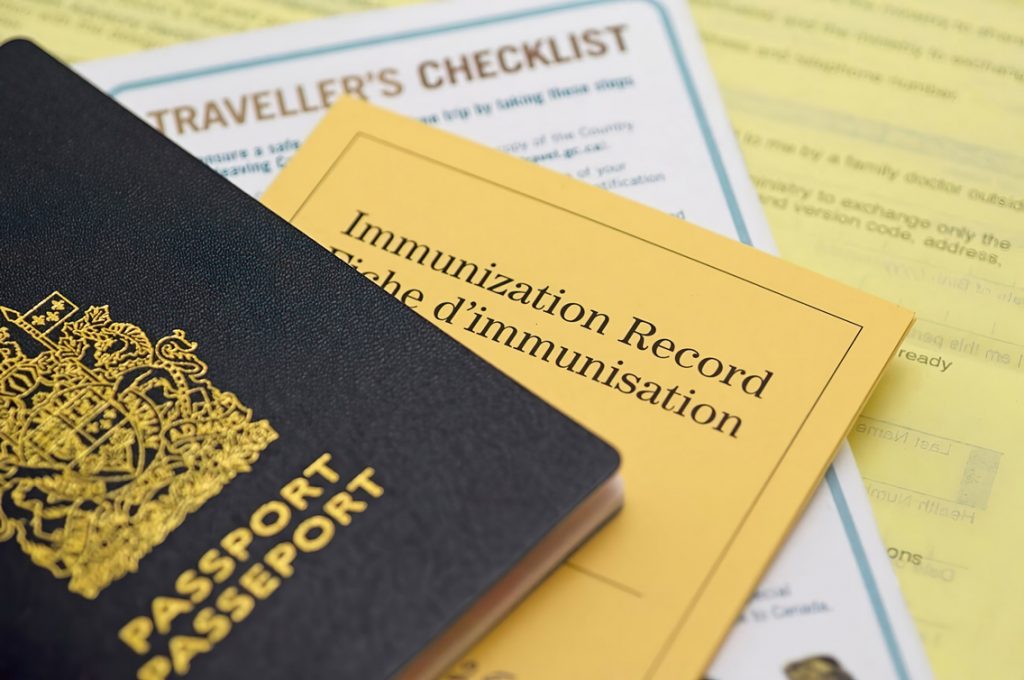
Traveling to African countries for the first time can be tricky. From getting certain vaccinations to getting all your essential documents in order, a trip to Africa is nothing like your usual vacation. It is important that you are extra careful when it comes to packing your important documents because the last thing you want is to get stuck at the airport or a local checkpoint during your trip.
When it comes to your passport, you should get it renewed well in advance of your trip to review all the entry requirements for the country you’re traveling to. Also, make sure that your passport is valid for at least six months beyond your travel window in Africa just to stay on the safe side.
You will also require a Yellow Health Card, an internationally recognized record of vaccinations. However, some countries may require you to get certain vaccinations as part of their entry requirements that might not be covered in the yellow health card.
Get yourself a waist bag in before leaving so you can keep all your essential documents on you at all times.
Mini First Aid Or Medical Kit
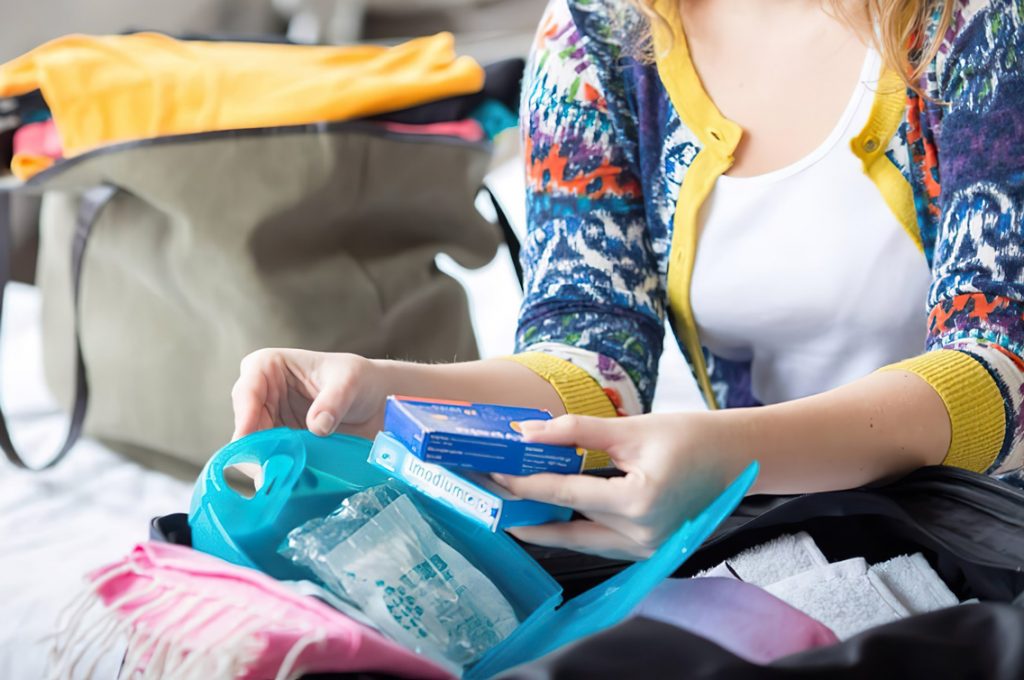
While the African wild is unmatched in its beauty and wonders, its full of surprises and potential medical risks. However, don’t let that scare, you, all you need is a little bit of planning beforehand and you can have a hassle-free trip and have the time of your life.
One of the biggest medical risks on African safaris is Malaria. Although it is no longer a deadly disease and can easily be prevented with some precautionary measures, it is wise to get a prescription from your doctor for Malarone, Larium, Doxycycline, or Primaquine.
Once you have your malaria prophylaxis, you need to figure out what to pack in your First Aid kit. Given that you will be venturing into the African wild and spending most of your time away from the city, there aren’t going to be any pharmacies around the corner. So, it is important that your first aid kit has the essentials. Here is a list of everything your first aid kit must have.
- Anti-nausea tablets
- Anti-diarrhoeal
- Headache tablets
- Rehydration sachets
- Plasters and bandage
- Alcohol swabs
- Gauze pads
- Rubber gloves
- Antiseptic cream
- Insect repellent
- Iodine tablets to treat water
- Tweezers
Cameras And Binoculars
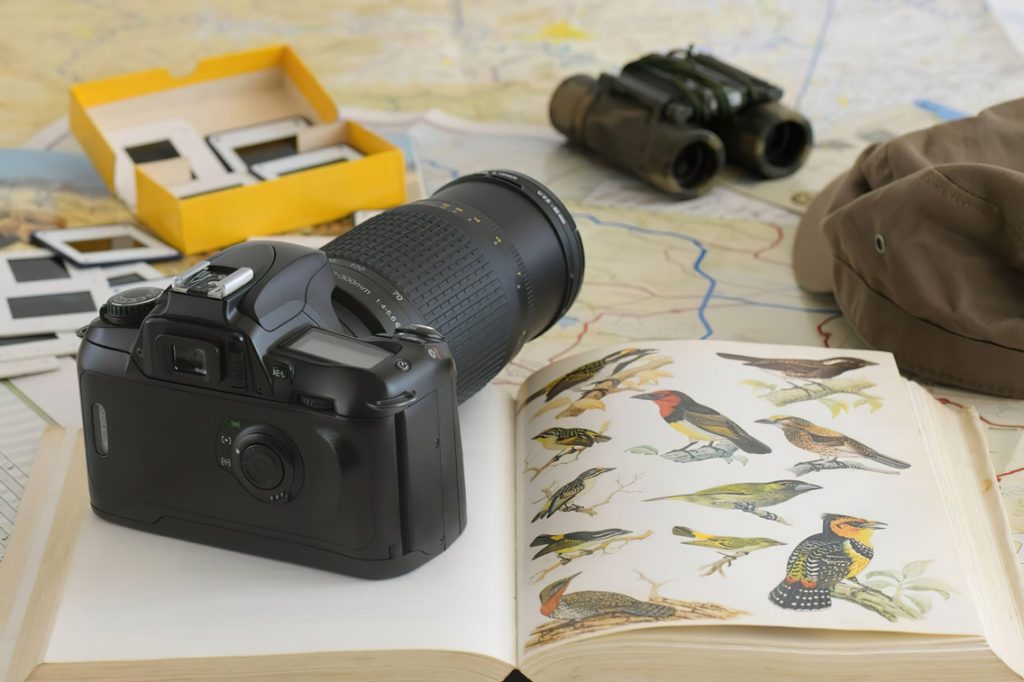
Most people make the mistake of thinking that their smartphone is going to get the job done, however, if you are planning on capturing some high-quality shots from your trip, a dedicated high-quality camera is an absolute must.
Remember that you will be seeing African wildlife from a safe distance most of the time and most smartphones end up giving you really janky results when you try to zoom in too much. A dedicated high-quality camera, on the other hand, gives you the freedom to capture different angles and zoom in as much as you want without compromising the image quality.
The other important thing for best wildlife viewing is a pair of binoculars. A pair of binoculars will make your trip much more exciting as you get the chance to see wildlife from much closer while staying at a safe distance.
Clothing
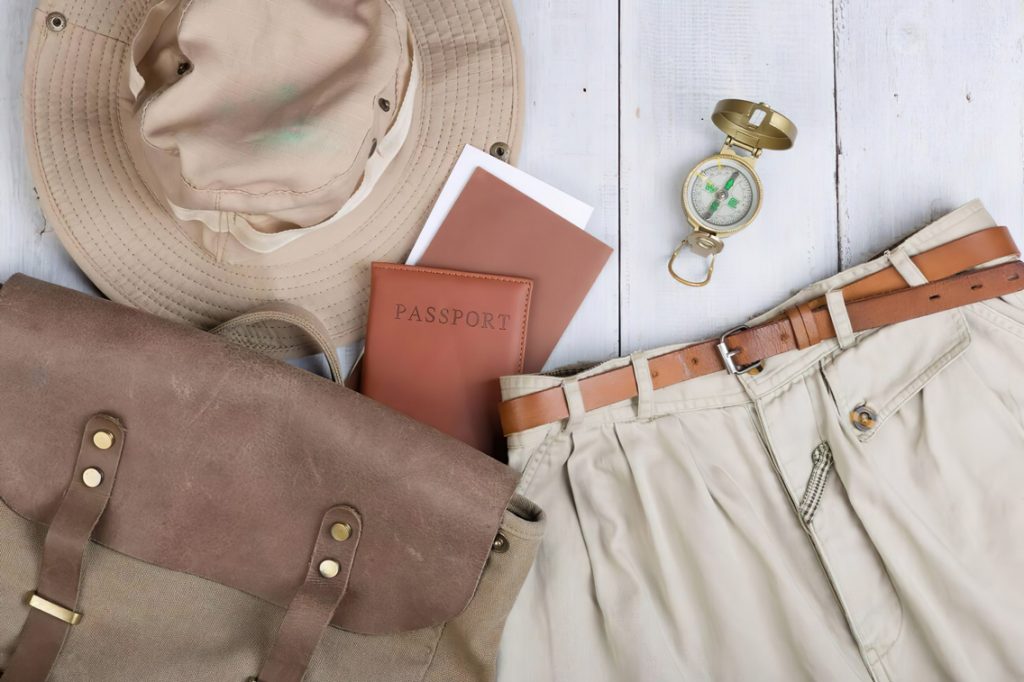
When traveling to Africa you can rest assured that the sun is going to be extremely strong during the day. Especially if you are traveling to a country like Kenya or Tanzania which are closer to the equator. So it is important that you pack pants and long sleeve shirts to stay protected from the sun. They will also help keep you protected from bug bites, scrapes, and cuts on walking safaris.
Also, be sure to pack earth-toned clothes and essentials to stay protected from the sneaky little African flies known as tsetse flies as they are attracted to dark blue and black colors. Finally, get yourself a light scarf that you can use to stay warm in the morning and during the day to protect yourself from the sun.
Sun Protection
During the day it can get really hot in most parts of Africa. Make sure to pack an eco-friendly 30 SPF sunscreen that will protect your skin during the day and a sun hat. Floppy straw hats are not recommended as they are difficult to hold on to when you’re driving through the wild. Last but not least are sunglasses which are absolutely necessary to protect your eyes from the sun, dust and small flying insects.
So, there you have it, these are five things that you need to keep in mind when packing for your next holiday in Kenya or any other African country. These essentials will help make your trip as comfortable as possible while keeping you safe and protected throughout your trip.

